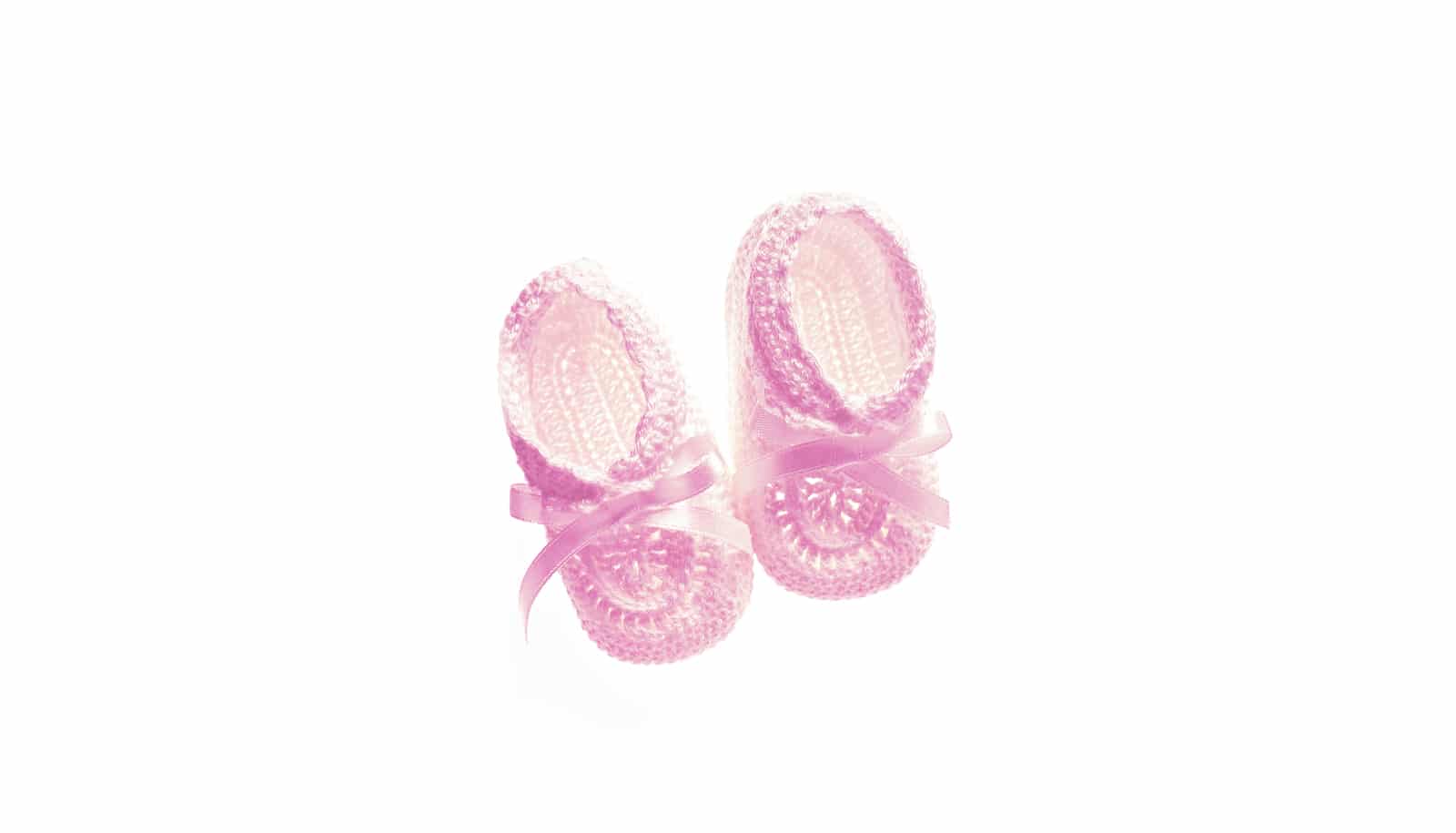Women outlive men in normal times, as well as during the worst of circumstances, three centuries of historical records show.
Most of the life expectancy gap was due to a female survival advantage in infancy rather than adulthood, the researchers found. In times of adversity, such as famines and epidemics, newborn girls are more likely to survive.
The fact that women have an edge in infancy, when behavioral differences between the sexes are minimal, supports the idea that the explanation is at least partly biological, the researchers say.
Led by Virginia Zarulli, an assistant professor at the University of Southern Denmark, and James Vaupel, a research professor at Duke University, the team analyzed mortality data going back roughly 250 years for people whose lives were cut short by famine, disease, or other misfortunes.
The data spanned seven populations in which the life expectancy for one or both sexes was a dismal 20 years or less. Among them were working and former slaves in Trinidad and the United States in the early 1800s, famine victims in Sweden, Ireland, and the Ukraine in the 18th, 19th, and 20th centuries, and Icelanders affected by the 1846 and 1882 measles epidemics.
In Liberia, for example, freed American slaves who relocated to the West African country in the 1800s experienced the highest mortality rates ever recorded. More than 40 percent died during their first year, presumably wiped out by tropical diseases they had little resistance to. Babies born during that time rarely made it past their second birthday.
Another group of people living in Ireland in the 1840s famously starved when a potato blight caused widespread crop failure. Life expectancy plummeted by more than 15 years.
Overall the researchers discovered that, even when mortality was very high for both sexes, women still lived longer than men by six months to almost four years on average.
Girls born during the famine that struck Ukraine in 1933, for example, lived to 10.85, and boys to 7.3—a 50 percent difference.
When the researchers broke the results down by age group, they found that most of the female survival advantage comes from differences in infant mortality. Newborn girls are hardier than newborn boys.
Why men don’t live as long as women
The results suggest that behavioral and social differences between the sexes, such as risk-taking or violence, can’t fully explain the life expectancy gap.
Instead, the female advantage in times of crisis may be largely due to biological factors such as genetics or hormones. Estrogens, for example, have been shown to enhance the body’s immune defenses against infectious disease.
“Our results add another piece to the puzzle of gender differences in survival,” the researchers say.
The findings appear in the Proceedings of the National Academy of Sciences.
Source: Duke University



